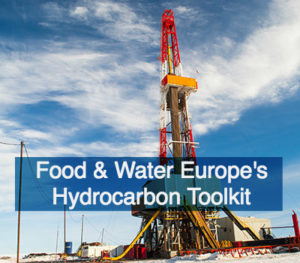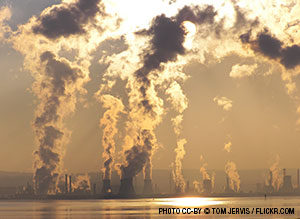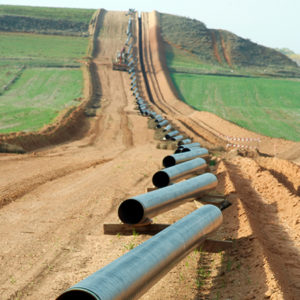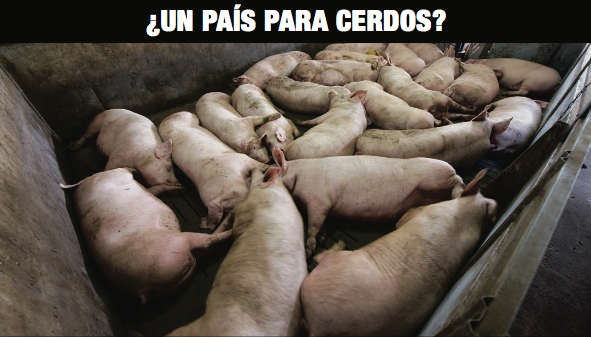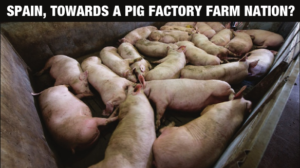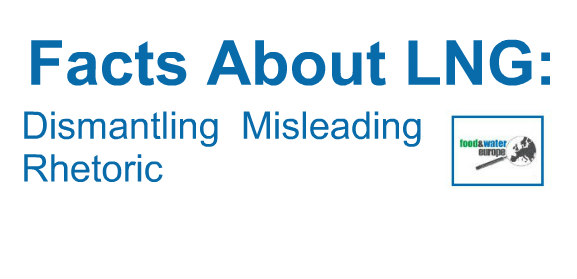The goal of this toolkit is to provide legal arguments to activists in the European Union (EU) against the exploration and extraction of hydrocarbons (e.g., shale gas/oil, tight gas/oil, coal-bed methane) by referring to relevant articles of existing and binding EU law. It explains in accessible language the most relevant Directives and Regulations that are applicable to the exploration and extraction of hydrocarbons. More precisely, the toolkit discusses the individual pieces of legislation along the hydraulic fracturing process, starting from prior assessments to liability. For each Directive/Regulation it discusses the goal and scope, the most relevant provisions, limitations, and the general line of argumentation that non-governmental organisations (NGOs) can use to challenge the exploration and extraction of hydrocarbons. Case law is discussed where relevant. Lastly, the toolkit establishes the procedural steps that citizens and/or organisations can take to contest a certain project on the EU level.
This toolkit focuses on regulation of the exploration and extraction of hydrocarbons such as shale gas/oil, tight gas/oil and coal-bed methane; however, it is important to note that some negative impacts (water and soil con- tamination, methane emissions, earthquakes from wastewater disposal, as well as public health impacts) can occur even if hydraulic fracturing is not being used as a stimulation method.
Find out more in, ‘Food & Water Europe’s Hydrocarbon Toolkit.’



